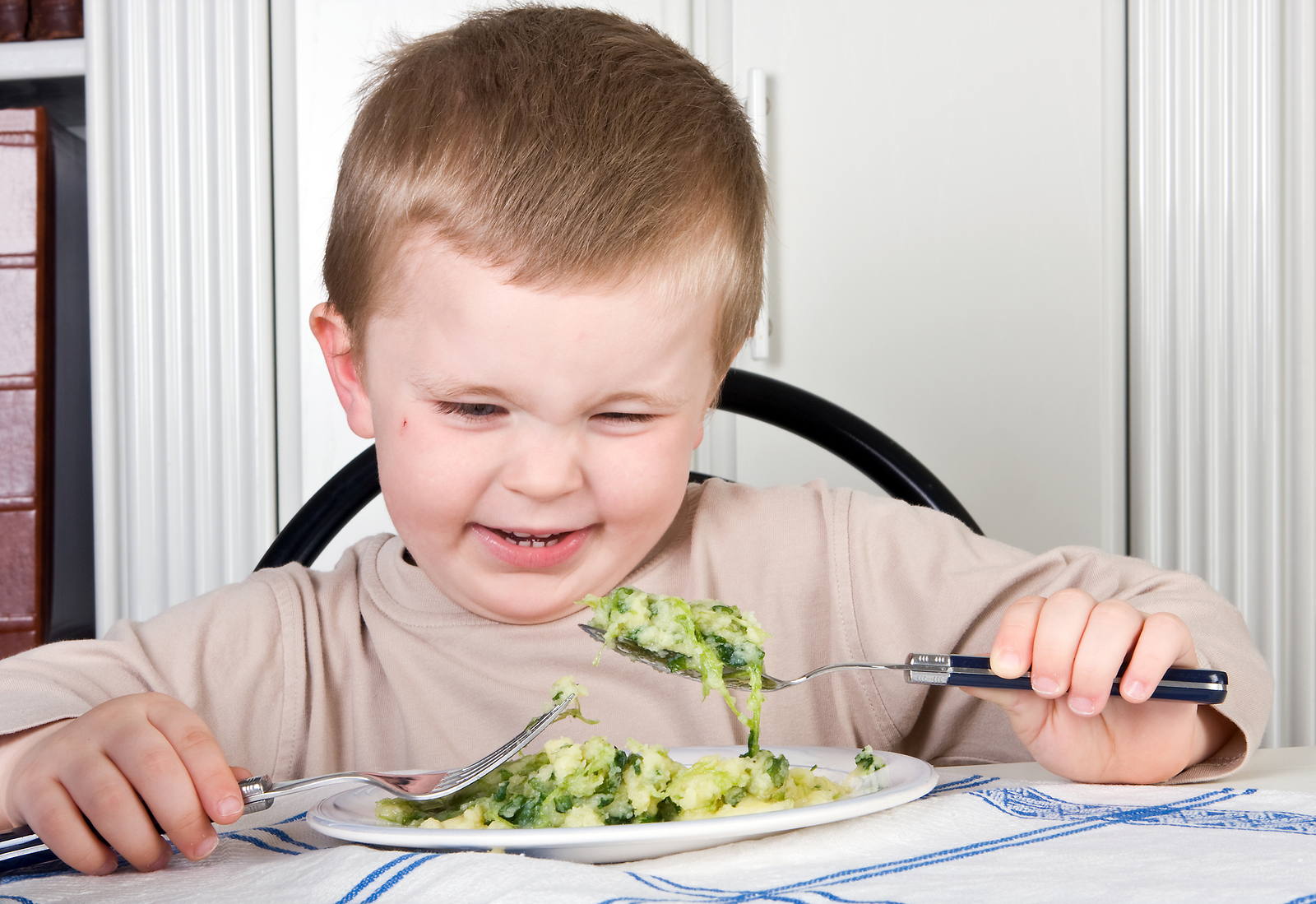
Introducing Solid Foods: A Step-by-Step Guide for Parents
October 6, 2023
Holiday Traveling with Toddlers: A Guide to a Stress-Free Journey
December 11, 2023Picky Eaters: How to Broaden Your Toddler’s Palate
Introduction
Dealing with a picky eater is a struggle faced by many parents. It’s a phase marked by a toddler’s wrinkled nose and refusal to eat anything green or anything that isn’t a staple in their limited menu. When all they will eat is bologna and ketchup sandwiches, it’s time to try something new!
As frustrating as it might be, broadening your toddler’s palate is a journey that requires patience, strategy, and understanding. Let’s take a look at how to introduce new foods to your child, as well as look into the psychology behind picky eating, and how you can use positive reinforcement to nurture healthier eating habits.
The Psychology Behind Picky Eating
The psychology behind picky eating is quite natural and nothing to consider atypical. There are two main parts to the behavior. To start, as toddlers grow they begin to experience a sense of control over their environment. One of the first areas where they can assert this new independence is at the dinner table. They soon realize they have a degree of influence over what they eat and saying “no” becomes a powerful tool in their limited arsenal of self-assertion.
The second part of picky eating is something called “neophobia.” That just means having a fear of new things, and toddlers can be naturally neophobic when it comes to their food. Toddlers have a sensitive palate and are able to detect even subtle differences in flavor and texture, things adults may not notice. This heightened sensitivity often makes certain textures, tastes, or smells overwhelming, leading to avoidance. As a result, a toddler may not only reject new foods but also show an aversion to foods they previously enjoyed if they notice a change in preparation or presentation.
Understanding the psychology of picky eating can help parents get past this phase and encourage a broader range of meal selections as their children grow.
A Bite Sized Approach to Trying New Foods
The phrase “a bite-sized approach to trying new foods” refers to introducing new foods to your toddler in a gradual, non-intimidating way. Just like bite-sized food is easier to chew and swallow, a bite-sized approach makes the process of trying new foods more manageable and less overwhelming.
It’s easy. Start with small portions or pieces of a new food. Your first goal isn’t even to have your toddler eat it. Getting them comfortable with it on their plate is a step in the right direction. Let them become accustomed to its presence, appearance, and texture without the pressure of eating it at first.
You can encourage your child to look at and smell a new food option before taking a small nibble. Over subsequent meals, the child may take larger bites as they become more comfortable and start to develop a taste for the new food. This approach can help reduce anxiety and resistance associated with trying new foods, making the experience more positive and likely to result in a successful addition to the child’s diet. Remember, celebrate the small steps; each sensory interaction is progress.
How Food Chaining Can Help
Food chaining is a method for expanding the variety of foods your picky eater is willing to try. The idea is to create a series of links from familiar and preferred foods to new and initially less acceptable foods. It’s all about making gradual changes to a child’s preferred foods, slightly altering one element at a time to bridge the gap between the known and the unknown. By maintaining certain aspects of the food that the child already likes—such as texture, flavor, shape, or color—the new food items become less intimidating and more approachable.
For exmaple, if a child likes plain pasta, the first link in the food chain might be to introduce pasta with a bit of butter. Once the child accepts this variation, the next link could involve sprinkling cheese on top, followed by adding tomato sauce, and eventually incorporating small pieces of cooked vegetables into the sauce. Each step is a link in the chain, moving step-by-step towards the goal of a more diversified diet.
This gentle progress allows the child to slowly adapt to the change, making it more likely that they will accept the new food without anxiety or resistance.
Plan Mealtime Together
Getting your kiddos involved in the meal planning process is invaluable. Their curiosity peaks when they feel they have a say. By allowing them to choose which new fruit or vegetable they want to try and including them in the preparation, you make them a part of the journey, and not just a bystander.
Family Mealtime and Positive Reinforcement
Children learn by imitating. When they see you enjoying a variety of foods, they are more likely to imitate that behavior. Show enthusiasm for the foods you want them to try, and they might just follow suit. Add some reinforcement, such praise and attention for successfully trying a new food, earning a sticker or a star to put on the fridge, or getting some extra playtime or a small, non-food reward of some kind.
Never underestimate the power of family mealtime. It’s not just about eating; it’s a ritual that fosters togetherness and creates a positive eating environment. When meals are a family affair, it can inspire your toddler to eat better and try new foods as part of a shared experience.
Conclusion
Broadening your toddler’s palate does not happen overnight. It’s a gradual process that involves understanding the psychology behind picky eating, patiently introducing new foods, engaging in food chaining, getting your child involved in meal planning, setting a positive example, and using positive reinforcement. By approaching picky eating with empathy, creativity, and consistency, you can help your child embrace a wide range of food choices that will serve them well for a lifetime.
Early Intervention Therapies
If you have been worried that your toddler is not meeting their developmental milestones and your gut is telling you they may need more support, TEIS Early Intervention can help you get answers.
If you have concerns, ask your pediatrician about Early Intervention therapies from TEIS Early Intervention.
At TEIS Early Intervention, our therapists listen to your concerns, assess your child’s individual needs, develop a customized treatment plan, and coach you along the way on simple routine-based solutions to maximize your child’s development in their natural environment.
Early Intervention evaluations and therapy services are available under the Federal Early Intervention Program for Infants and Toddlers with Disabilities. Before services can be provided, an independent evaluation of your child must be completed. To assure impartiality, one agency offers evaluation services while another provides therapeutic services.
To schedule an evaluation, call 1-800-692-7288 or email to help@connectpa.net




 Send to a friend!
Send to a friend!